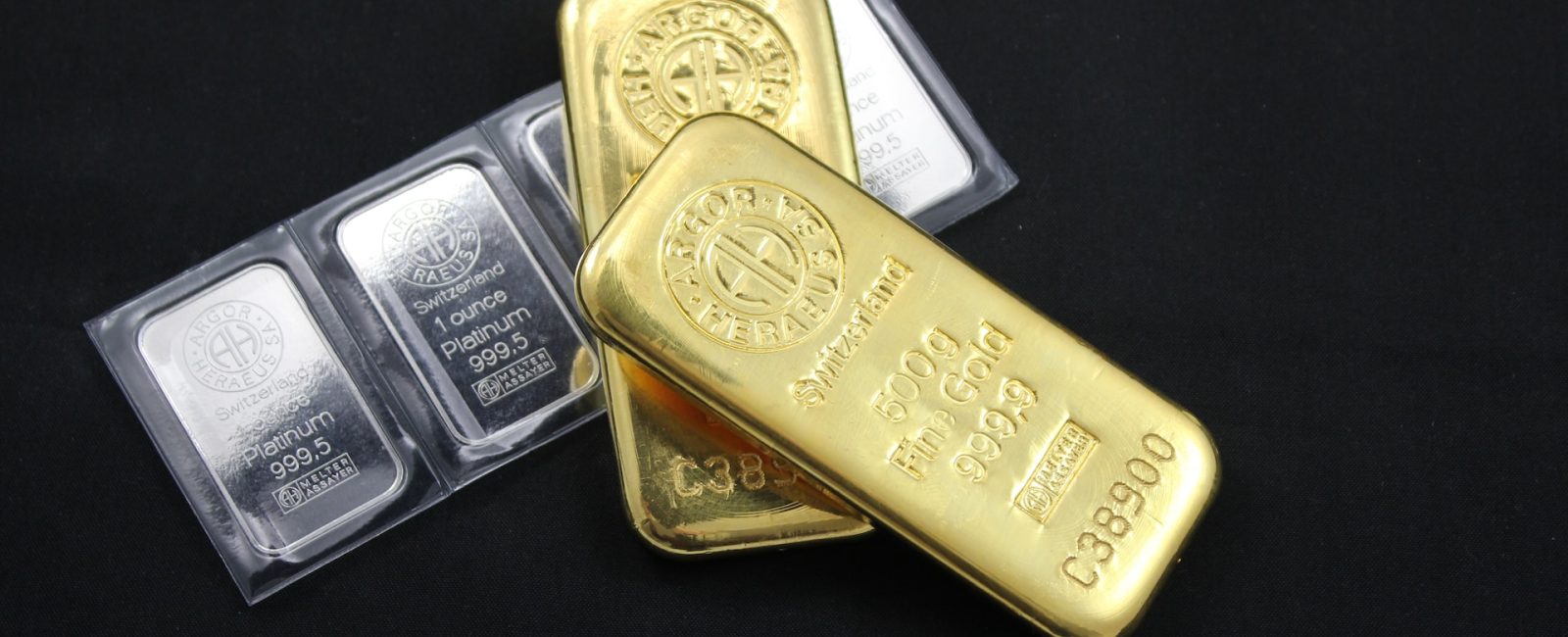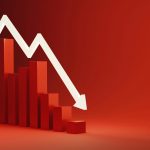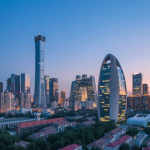
Don’t Disregard Making Platinum Your Next Investment: Find Out Why Lear Capital Advises Looking Into the Precious Metal Asset
Gold may be the most recognizable physical precious metal asset, simply because it’s been used as a form of currency for thousands of years. A number of investors also opt to include platinum in their portfolio, though, according to Kevin DeMeritt, founder and chairman of Los Angeles-based precious metals provider Lear Capital.
Platinum has historically been viewed as a coveted asset due to its ability to be used in a variety of applications, ranging from glass manufacturing to automobile catalytic converters — which is how roughly a third of all the platinum that’s produced today is ultimately utilized. Domestically, catalytic converter production is the top use category for platinum-group metals, according to the U.S. Geological Survey’s 2020 report on mineral commodities.
The automobile industry has actually been the largest consumer of the platinum-group subset, which includes platinum, palladium, iridium, osmium, rhodium, and ruthenium, since 1979. The growing global catalytic converter market — which stood at $13.24 billion in 2021 and is projected to reach more than $20 billion by 2027, with a more than 7% compound annual growth rate — has helped drive the demand for the precious metal.
Platinum’s vehicle-related use should continue to help interest in the precious metal remain high throughout the next decade, according to Kevin DeMeritt.
“It’s a fairly versatile metal with a lot of different industrial applications, and it has strategic applications,” DeMeritt says. “Most of the industrial applications come in the form of a catalytic converter, which is used to reduce emissions in automobiles, and with the green economy, everybody wants to continue to do that — so the demand there will continue. I don’t think we’re going to have enough electric cars to take that away for the next 10 or 15 years.”
In addition to car components, platinum metals are utilized in bulk chemical production, jewelry, and electronic elements, such as hard disks for computers and hybridized integrated circuits. Platinum metals are also utilized to refine petroleum and create medical and dental devices and lab equipment.
Platinum’s Place in Portfolios
The limited supply of platinum has enhanced its value. It is approximately 30 times rarer than gold, according to the World Platinum Investment Council. On a global scale, the total amount of platinum that’s able to be mined each year is less than 7% of the amount of gold that’s harvested, according to Lear Capital.
As a result, platinum physical precious metal-asset investments carry considerable worth. American Platinum Eagle coins, for instance — which were first issued in 1997, weigh 1.005 troy ounces and contain 99.95% pure platinum — have the highest face value of any U.S. coin in history, $100, offering strong potential liquidity.
Like gold, investors can parlay a platinum purchase into a self-directed IRA, such as the Lear Advantage IRA, which is backed by precious metals. Platinum coins and bars must possess a certain fineness — 0.9995 — to qualify. They also have to be held in an insured, IRS-approved depository, such as the Delaware Depository, the vault provider Lear Capital works with to provide a secure storage option for investors.
In addition to the Platinum American Eagle coin, which bears a striking image of the Statue of Liberty, investors can invest with Platinum Canadian Maple Leaf coins, which are legal tender in Canada, the country where 5% of the world’s platinum supply originates.
Platinum bars, minted by both private and sovereign mints, are another investment possibility. They are traded by most bullion dealers around the world, according to Lear Capital, which supplies 1-ounce bars that feature a variety of designs, when possible, for investors.
Gold is often regarded as a type of safety net, due to its generally even-keeled performance over time; platinum, which can be more sensitive to economic and other market conditions, tends to perform well during economic growth periods, according to Yahoo Finance.
“When you’re talking about an economy with the potential of higher inflation, higher interest rates, [and a] recession, gold and silver are going to pick up much more of the heavy lifting there from the investor side of the market,” Kevin DeMeritt explains. “If the economy is plugging along like we saw in the ’90s, [when] you really didn’t have a whole lot of fluctuation until the end of the [decade], platinum was a good place to be. People were using the metals in cars; everybody was buying a new car and the economy was expanding.”
Factors That Could Impact Platinum Prices This Year
A difficult economic period doesn’t automatically mean platinum’s price won’t increase; in the months before the COVID-19 pandemic took hold in the U.S. in early 2020 — amid a weak dollar, due to Federal Reserve interest rate cuts, as market uncertainty grew — platinum was one of the few assets that rose in value, according to CNN.
Given the overall amount that’s available, the demand for platinum isn’t expected to drop drastically in the coming months; the asset’s location may pose some constraints, though. Platinum mines, according to Kevin DeMeritt, are largely situated in South Africa and Russia.
While that type of limited geographic availability alone can contribute to price increases, with Russia currently engaged in the second year of war with Ukraine, the platinum market may undergo observable supply chain changes. In South Africa, for example, when higher labor and electricity costs and other factors caused mining challenges in 2018, the production of platinum metals declined by 4%.
Global supply chain delays have already occurred in other sectors due to the Russia-Ukraine conflict. Since the countries are collectively responsible for about a third of the global wheat market, for instance, and also provide fertilizers and other agricultural items, even countries that don’t directly rely on either nation for commodities have experienced cost increases, according to Deloitte research.
“We have some supply issues with platinum, with the majority of the world’s platinum coming from just a few countries,” Kevin DeMeritt states. “We’re starting to see demand for platinum increasing; at the same time, Russia, because of this war, is not supplying the market with the same amount of platinum they typically would. Because we’re limited to those two countries for the majority of the platinum production, that could be an interesting play for long-term investors moving forward.”
While some investors may turn to gold and silver to help offset some of the current inflation and other economic challenges, with supply and industrial demand aspects primed to possibly give platinum’s price a bump in the future, the precious metal might be a beneficial element to have in a portfolio, according to Kevin DeMeritt, particularly as the economy improves.
“Platinum has this historical relationship with gold,” Kevin DeMeritt says. “Platinum historically has traded at a premium over the price of gold. But recently, the price of palladium is trading for about half the price of gold — which could be an incredible long-term opportunity for investors.”












